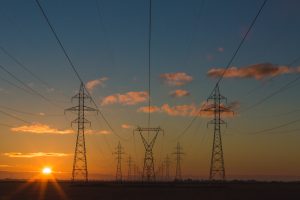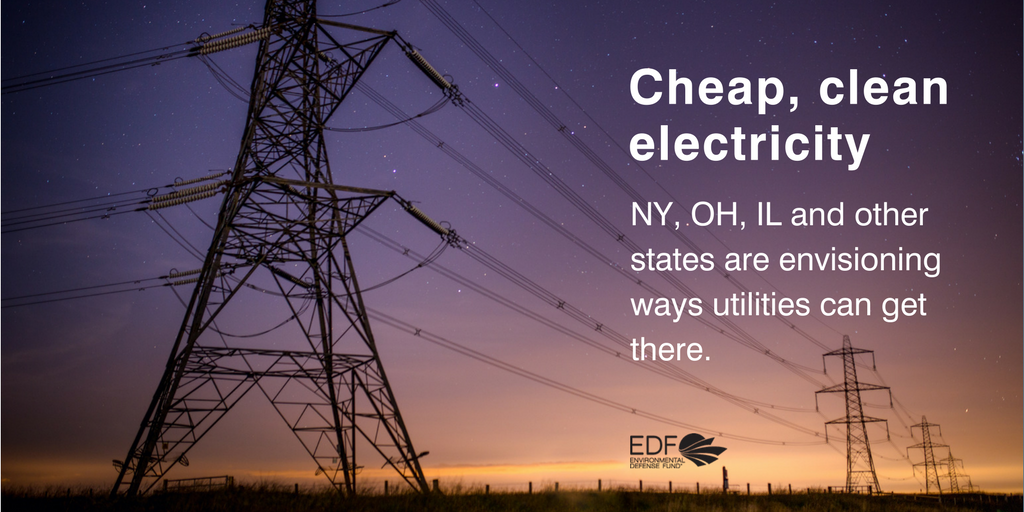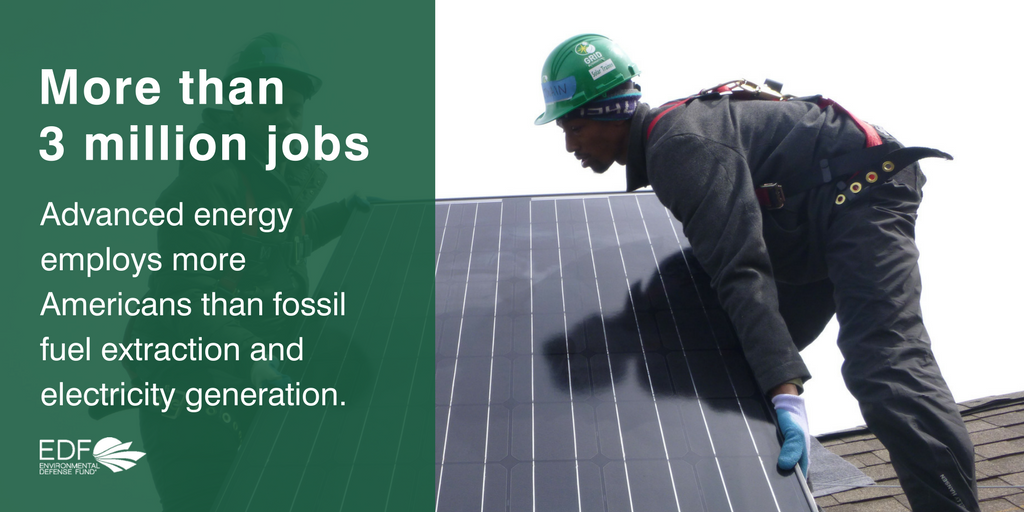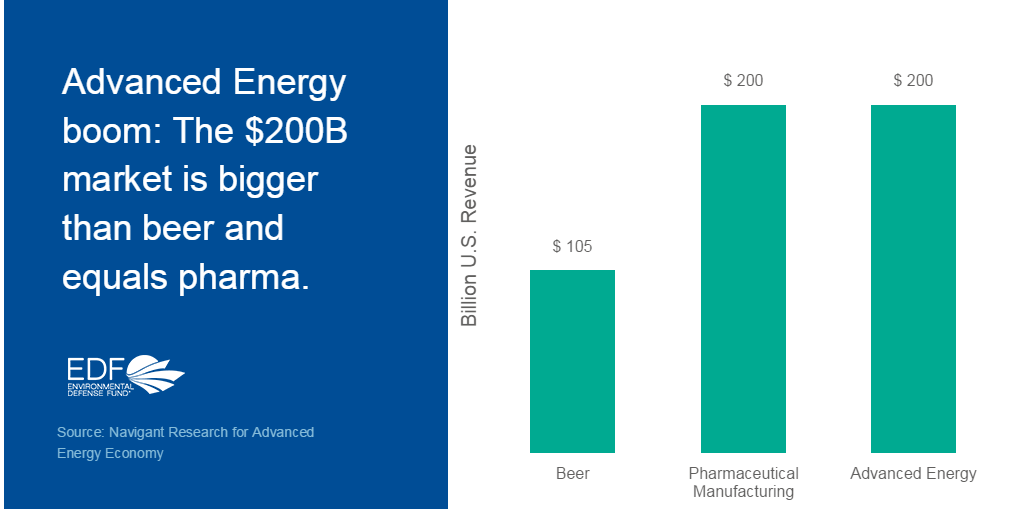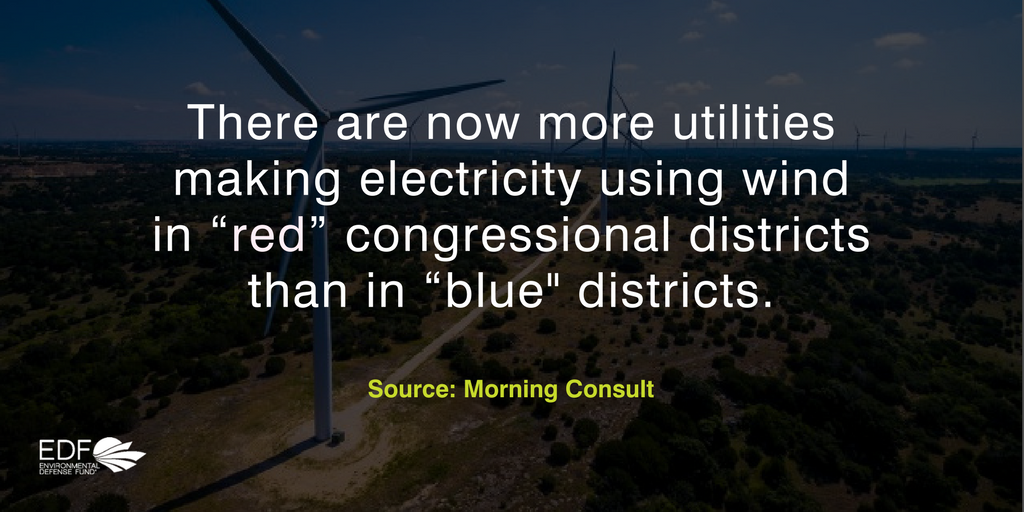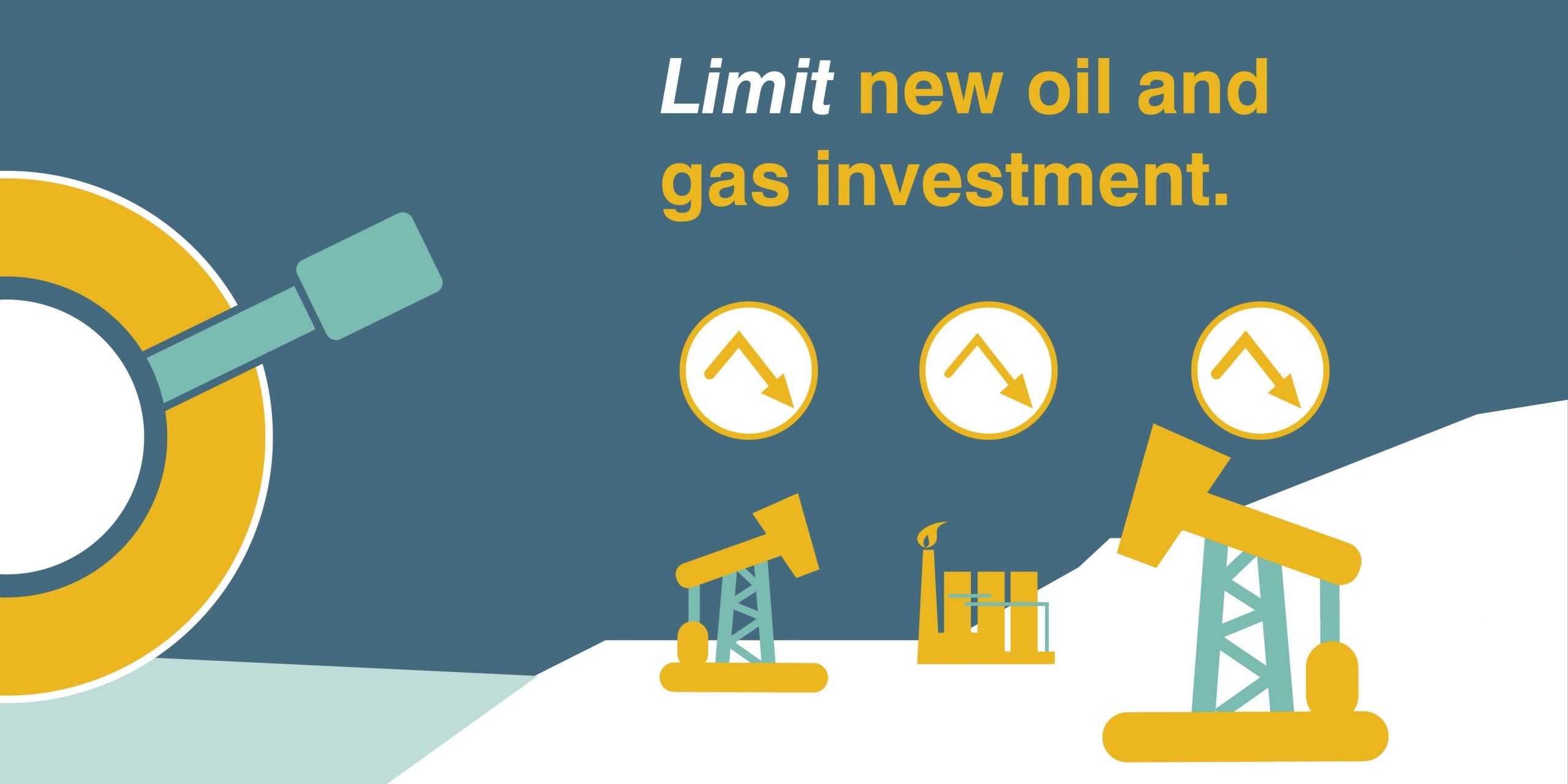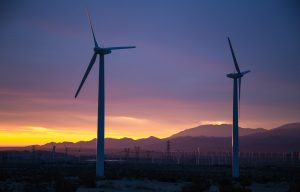 This year’s legislative session here in California is poised to be a wild ride in clean energy – more ideas, intertwining issues, and intrigue are developing than in the last 10 years. A signal that the state’s clean energy policy is coming of age, leaders and significant players are weaving all of the separate programs together and answering major policy questions. This progress can have a major impact on both California and the world around us. It’s like Pangea, spreading apart and creating the new world – only much faster.
This year’s legislative session here in California is poised to be a wild ride in clean energy – more ideas, intertwining issues, and intrigue are developing than in the last 10 years. A signal that the state’s clean energy policy is coming of age, leaders and significant players are weaving all of the separate programs together and answering major policy questions. This progress can have a major impact on both California and the world around us. It’s like Pangea, spreading apart and creating the new world – only much faster.
A game-changer for the West
Take AB 813 by Assemblymember Chris Holden, for example. The bill would create a regional electricity market in the West – something that would combine the state’s desire to expand its clean energy and climate policy and the need for all states, including California (with its high expectation for renewable resources), to balance and run their grids more affordably and effectively.
It is a policy solution that thinks large and small – taking into account the out-of-state pollution reductions necessary in order for California to move the needle on its climate goals while preserving participating states’ and communities’ control over their resource choices. Read More











